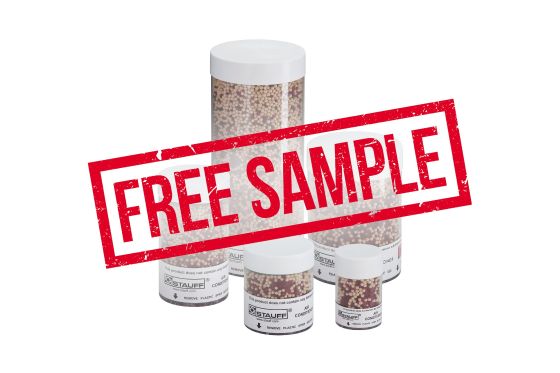How do I find the right type and size of desiccant breather for a specific application?
Episode 19 of the STAUFF Miniseries "Is Your Hydraulic System Breathing Properly?"
Choosing a silica gel breather for a hydraulic reservoir is not difficult. The STAUFF experts explain that it takes just three easy steps. The video shows how:
Did you know: You can turn on subtitles by clicking the CC button at the bottom of the video.
Watch this and all other episodes of this STAUFF Minseries on Youtube instead.
How do I find the right silica gel breather for my individual application?
There are different series, each available in different lengths and diameters. How do I find the right silica gel breather for my hydraulic reservoir from this product range? It is not rocket science and requires no complicated maths. Simple multiplication will do.
Three easy steps
First, you have to check the ambient conditions: Will there be vibrations? Or other types of stress that typically occur in many mobile hydraulics applications? Then the robust SDB series with central stainless steel tube is the right choice. For “just regular” applications, in particular in stationary hydraulics, we recommend the SDBL series. And if cost (or low weight) is an important factor, then the SVDB series should be the first choice.
So we have already selected the series. Now we have to determine the size in the second step. We calculate the oil volume that is removed from the reservoir during one work cycle. One example: A hydraulic cylinder with a volume of 50 litres moves from the starting position to the end position twice per minute. That means: The displacement volume per minute is 200 litres. This value is equivalent to the air volume that the reservoir breathes in and out every minute. Now, in the third step, we only have to check the selection table and use this value to select the size for the previously selected silica gel breather series.
One more note
After initial installation, the condition of the desiccant should be checked frequently, especially if the ambient air is very dirty. Why? The selection table is based on a medium or average air quality. If the moisture content of the air that enters the reservoir is above average, the desiccant has to be replaced more frequently or a larger breather may have to be used.
A little advice: The sizes, i.e. the desiccation capacity, of the silica gel breathers differ in diameter and height. So with the same diameter, you can use a higher-capacity silica gel breather with a longer length to adapt the capacity. The same of course applies to changing from a larger to a smaller desiccant module.
If required, a second module can be attached with an adapter ring for the SDB and SDBL series. This doubles the desiccation volume – either permanently or temporarily, for example to remove background moisture during start-up of the system.
Do you already use silica gel breathers in hydraulic systems?
Then share your experiences and leave a comment below this post.

Newsletter Subscription
Receive automatic e-mail notifications about new posts on the STAUFF Blog








